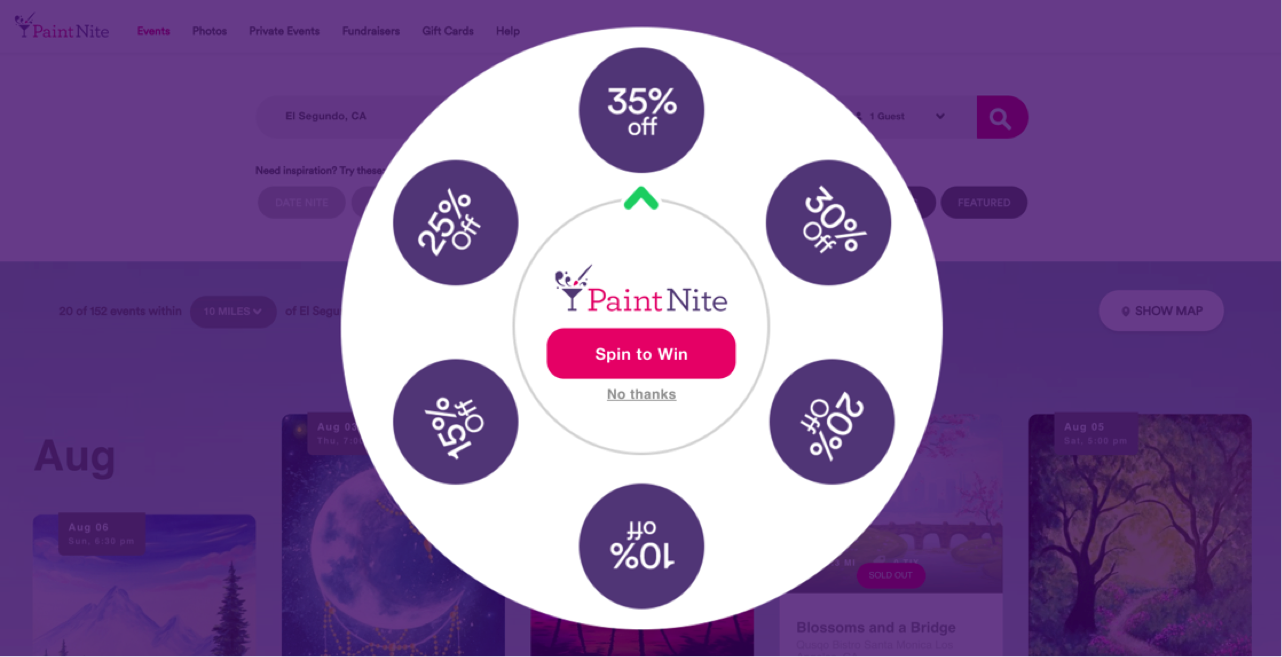The conversation about marketing to Millennials and Gen Z is nothing new. While some of their qualities are more surprising than others, it’s no shock that the two differ. Marketers are constantly scrambling to understand the differences between the two generations and then taking those learnings to craft the most effective marketing strategy to target them. Grasping the variation in the digital native population is a critical, ongoing process, which can lead down several different paths. That said, we already know one sure-fire way to knock it out of the park with this diverse demographic, and it can be traced back to basic human instinct: humans like interactions that offer educational, emotional, and/or entertainment value.
Think about any time you’ve been online and consumed content. Unless it was drab course material you were forced to read in college, you probably only “snack on” content that piques your interest and provides personal value. Well, consider this: on average, readers spend only 37 seconds reading an article or blog post before bouncing to find more intriguing material. Want to know something even scarier? The average online reader spends less than 8 seconds engaging with content! Oy. Tough crowd. Count to 8 in your head right now and imagine within that span of time, you stumble upon a piece of content and decide whether you want to take a bite, spit it out, or eat the entire meal. That goes to show how efficient our brains are at filtering out unappetizing, irrelevant, and uninteresting subject matter.

This decreasing attention span and increased efficiency to consume only useful content sheds some light on what digital marketers must do to successfully capture the attention of those who seem to be drowning in the overly-saturated sea of online content, much of which is just trash. If you want to engage with your audience more meaningfully, you must lure them in and then prove to them you didn’t just have one of your employees write a one-off blog post for the sake of keywords. And even though the window of time to prove your worth to users is painfully small, you can (and should) achieve audience engagement in a strategic and authentic way.
So, how do you find that sweet spot and catch the attention of the hard-to-please digital folk? Try interactive content.
This type of content can produce experiences for users that are educational, emotional, and entertaining, with the added benefit of gaining audience insights. Interactive features give content the power to engage users on a more involved level, meaning you get more valuable information as it pertains to the customer journey. You can track their actions and derive revealing information from the various user behaviors, all of which help construct and optimize buyer personas.
It’s important to note that interactive content takes on many forms and generates varying degrees of interaction, enabling you to run wild with your creative genius. Some examples include:
- Assessments & Quizzes
- Polls & Surveys
- Lookbooks & Galleries
- Calculators & Configurators
- Interactive Infographics
- Interactive eBooks & White Papers
- Videos & Animations
If you aren’t sure how to define interactive content, just remember that it refers to digital media that responds to users’ actions by providing content in the form of text, images, video, audio, games, or animation. Any time someone’s behavior online is met by a computer-based response that causes the participant to engage in an activity, communication and interaction are taking place. This action isn’t passive. It’s active.
As opposed to static content, marketers may be able to learn 10x more information from interactive content. Even more, interactive media generates conversions 70% of the time compared to only 36% for passive content. This is due to its inherent ability to capture a user’s attention for longer and increase engagement, establishing a unique connection that makes users feel as though they gained something valuable from the interaction.
In today’s mobile-first world of app-driven actions, people have come to expect interactivity. BuzzFeed excels in this arena (remember “What State Do You Actually Belong In?”). Audiences have grown more accustomed to interactive features on all channels. The more they continue to become more technologically sophisticated, the more they will crave snackable experiences that offer a healthy and satisfying serving of interactive content.

While many of us expect interactive content online, there are situations where it jumps out at us when we least expect it. Take for example this spin wheel presented by PaintNite. Ever go to an event with company booths that have spin wheels to attract passersby and get them to interact with the brand? PaintNite accomplishes this on its own website, before users decide to abandon the experience.

PaintNite Spin to Win Wheel
Here, the audience insights gained might not be as evident as those generated from a quiz that prompts users to answer questions about their personal style. First off, the spin wheel appears only when the cursor motions off the main site into the dreaded territory of the “exit site” button. This immediately signals that the user entered the site, possibly poked around, but didn’t convert before trying to exit. As a last-ditch effort, the spin wheel overlays the entire screen before the user quits the session, offering a clever interactive feature to not only re-engage the user but promise them a discount if they book a night of paint and wine. How can you turn that down? Even if I knew I wasn’t going to use their services, I’d take a spin for the fun of it, or share that code with someone who might want it.
Aside from guaranteeing website visitors a discount on their first PaintNite experience, this company can understand more about visitor preferences in the likelihood they’ll use different levels of the discount, how soon they’ll apply it after spinning, what location they had searched prior to spinning, or whether they spin it at all. Assuming these discounts codes are unique to the spin wheel, you can track how many users convert using the code, and you’ll have your answer as to how successfully this piece of content performed.
Concluding Remarks
It goes without saying, but I’m going to say it for the purpose of stressing its importance: interactivity is a two-way street. When one reaction takes place, it spurs a response, which causes another reaction, and so forth until one or both parties satiate their need for certain information. Interactive content taps into our human drive to communicate and engage. It’s how we learn and grow. Likewise, if you want your business to grow, implement more interactive content to engage in continual communication with those who matter most to your brand.

If content is king, interactive content has usurped the throne. The trick is creating the right interactive content that gets in front of the right audience at the right time. If you listen to your audience and learn about their preferences and behaviors throughout the buyer journey, you can produce content that strikes this balance.






Responses